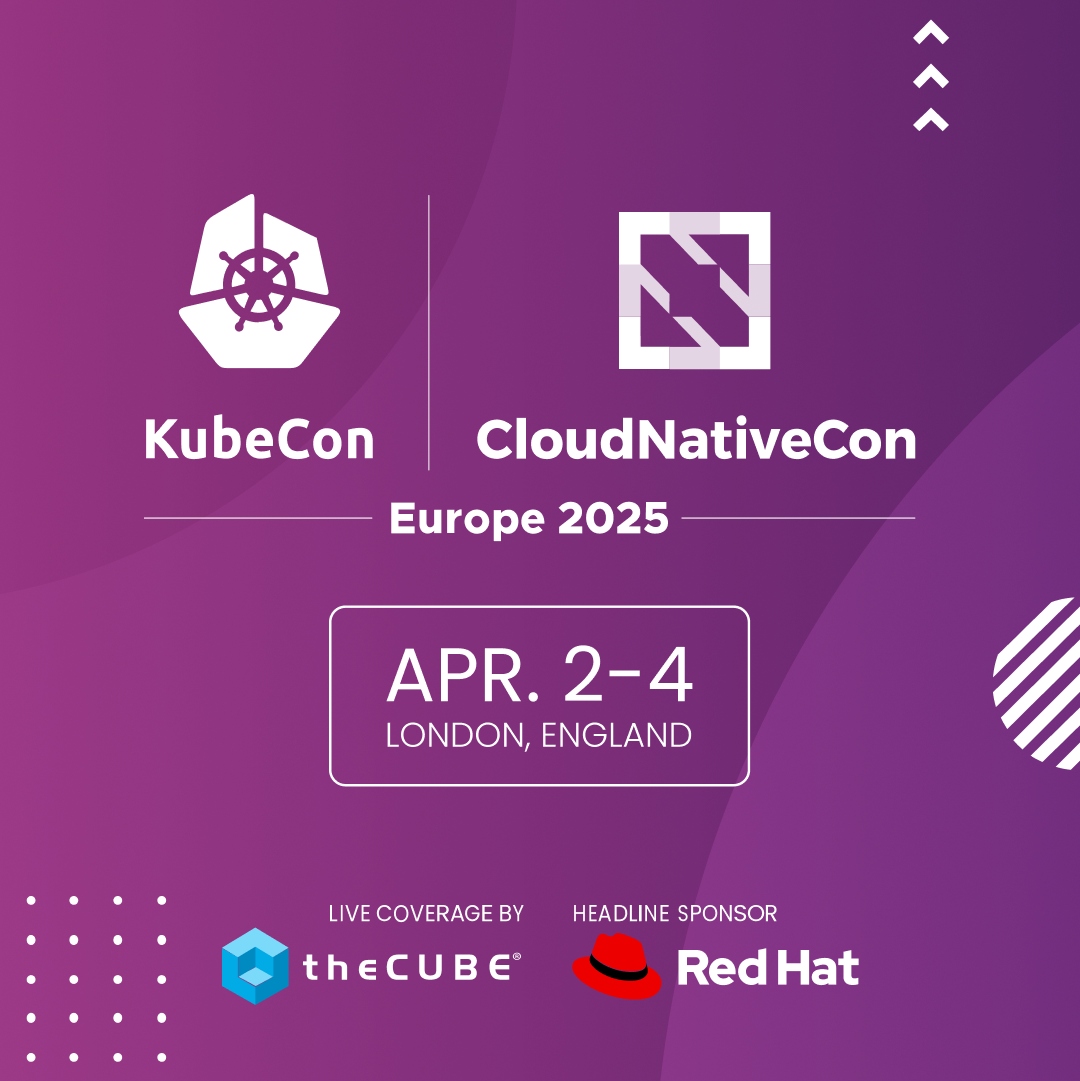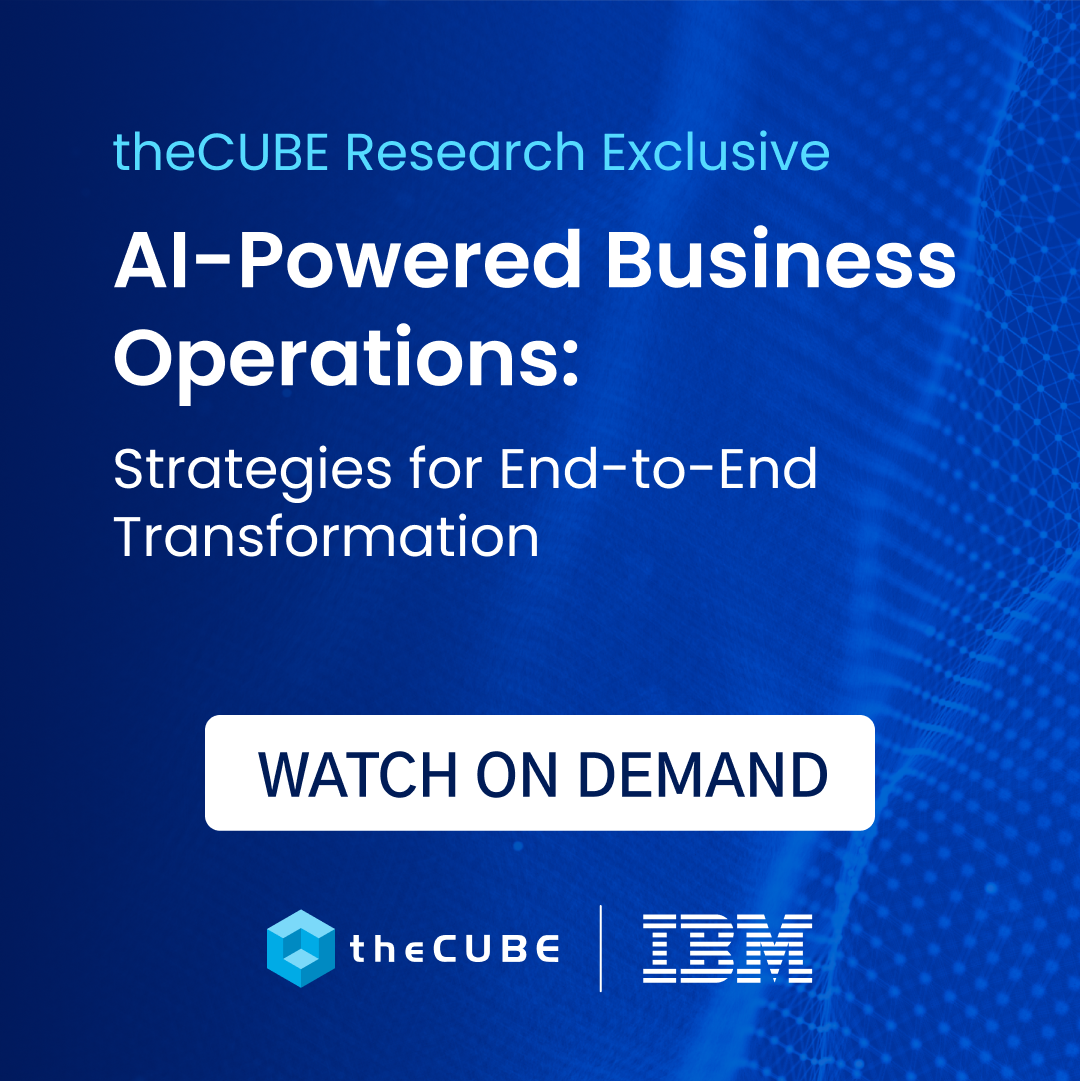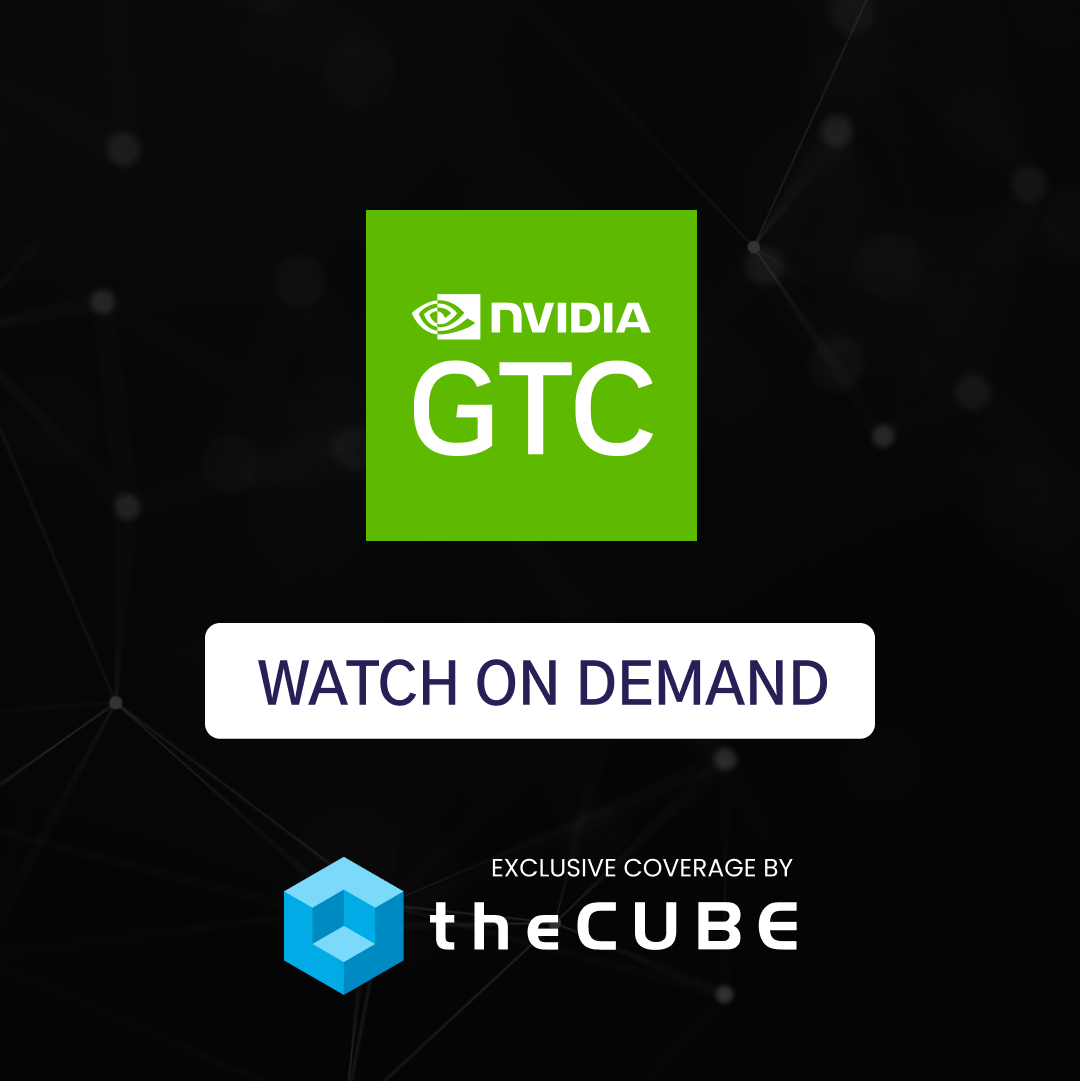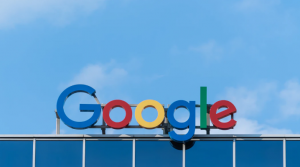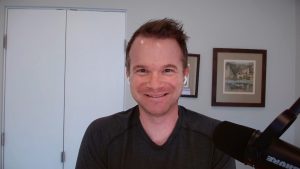“Silicon Valley” Turns 40 – Do We Need it?
David Laws writes at the Examiner:
January 11, 2011 marks the 40th anniversary of the first appearance of the name Silicon Valley in print.
Under the headline SILICON VALLEY USA, journalist Don C. Hoefler wrote the first of a three-part series on the history of the semiconductor industry in the Bay Area. His behind the “scenes report of the men, money, and litigation which spawned” the industry appeared on page one of the industry tabloid Electronic News on Monday January 11, 1971.
He points out that there is anecdotal evidence of the use of the name “Silicon Valley” prior to this date but that, “Author Michael S. Malone suggests that Hoefler’s pioneering coverage of the Silicon Valley community as a collection of characters, dreamers, and eccentrics made him “the one that put the whole idea in our minds”.
Silicon Valley is an idea that has certainly stayed with us for a long time. And it continues to grow as an idea and as an important place for innovation. I meet with entrepreneurs all the time who have just relocated to Silicon Valley from places inside the US and outside the country.![]()
A decade after its implosion, New York is being given a new chance to pick up the mantle, along with some distinct advantages this time around.
The availability of venture funds in secondary markets, as well as angel money and super-angels, has also increased substantially in recent years – in some places outpacing the supply of exciting local projects seeking funds. As a result, the chances of your project getting the VC attention it deserves may be higher in a secondary market.
With the advent of blogs and other social media, though, there is now much more information sharing and transparency in the startup world, both on the founding side and on the funding side.
A message from John Furrier, co-founder of SiliconANGLE:
Your vote of support is important to us and it helps us keep the content FREE.
One click below supports our mission to provide free, deep, and relevant content.
Join our community on YouTube
Join the community that includes more than 15,000 #CubeAlumni experts, including Amazon.com CEO Andy Jassy, Dell Technologies founder and CEO Michael Dell, Intel CEO Pat Gelsinger, and many more luminaries and experts.
THANK YOU

